Growing Research in Immunology
The cell surface-markers market is experiencing a surge in research activities focused on immunology. This growth is driven by the increasing recognition of the immune system's role in various diseases, including cancer and autoimmune disorders. In the UK, funding for immunological research has seen a notable increase, with government and private sectors investing heavily. This trend is likely to enhance the development of novel therapies and diagnostics that utilize cell surface markers. As a result, the demand for specific markers used in immunological studies is expected to rise, potentially leading to a market growth rate of around 8% annually. The cell surface-markers market is thus positioned to benefit from these advancements, as researchers seek innovative solutions to complex health challenges.
Expansion of Biopharmaceuticals
The biopharmaceutical sector in the UK is expanding rapidly, which is positively impacting the cell surface-markers market. With the increasing number of biopharmaceutical products entering the market, there is a growing need for precise characterization of these products, particularly in terms of their cellular interactions. Cell surface markers play a crucial role in this characterization process, facilitating the development of targeted therapies. The UK biopharmaceutical market is projected to reach £30 billion by 2026, indicating a robust demand for cell surface markers. This growth is likely to drive innovation and investment in the cell surface-markers market, as companies strive to meet the evolving needs of biopharmaceutical development.
Rising Incidence of Chronic Diseases
The prevalence of chronic diseases in the UK is on the rise, which is significantly influencing the cell surface-markers market. Conditions such as diabetes, cardiovascular diseases, and various cancers are becoming increasingly common, necessitating advanced diagnostic and therapeutic approaches. Cell surface markers are essential for the identification and monitoring of these diseases, as they provide critical information about disease progression and treatment response. The market for diagnostic tools related to chronic diseases is expected to grow at a CAGR of 7% over the next five years. Consequently, the cell surface-markers market is likely to see increased demand for innovative solutions that can aid in the early detection and management of chronic conditions.
Increased Focus on Biomarker Discovery
The cell surface-markers market is witnessing an increased focus on biomarker discovery, particularly in the context of precision medicine. In the UK, there is a growing emphasis on identifying biomarkers that can predict patient responses to specific treatments. This trend is being supported by both public and private funding initiatives aimed at enhancing biomarker research. The cell surface-markers market is likely to benefit from this focus, as the identification of new biomarkers can lead to the development of more effective and personalized therapeutic strategies. The market for biomarkers is projected to grow at a CAGR of 9% in the coming years, indicating a robust opportunity for stakeholders in the cell surface-markers market.
Advancements in Cell Biology Techniques
Recent advancements in cell biology techniques are significantly impacting the cell surface-markers market. Techniques such as flow cytometry, mass cytometry, and single-cell sequencing are becoming more sophisticated, allowing for more detailed analysis of cell surface markers. These innovations enable researchers to explore cellular functions and interactions at unprecedented levels of resolution. In the UK, the adoption of these advanced techniques is expected to increase, driven by both academic and commercial research initiatives. This trend may lead to a projected growth of 10% in the cell surface-markers market as researchers and clinicians seek to leverage these technologies for better diagnostic and therapeutic outcomes.


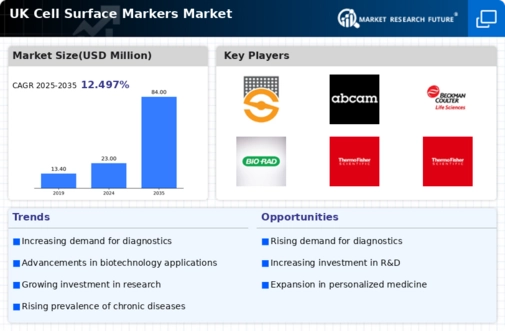
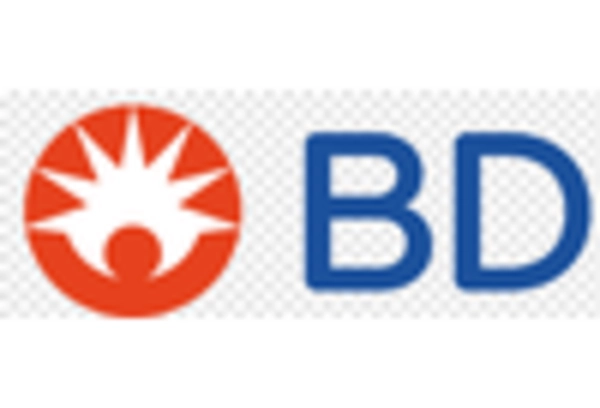
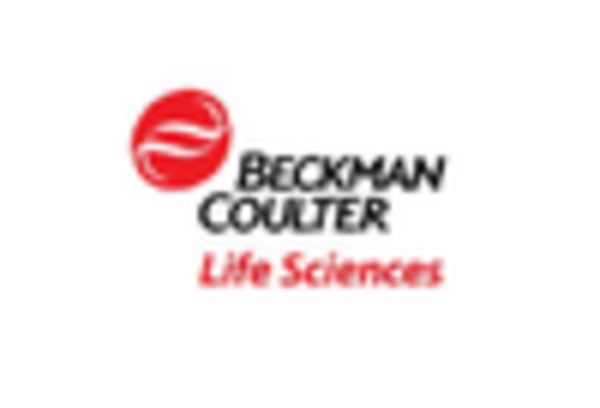
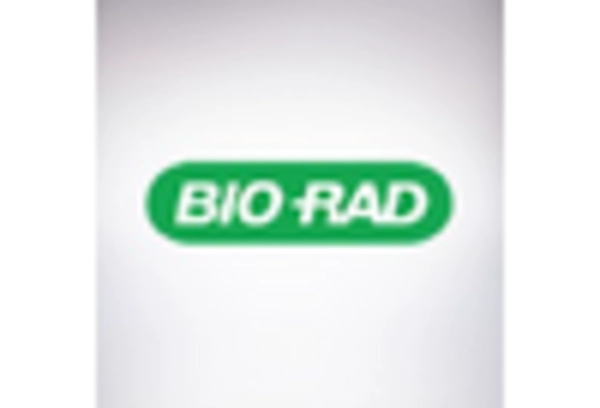
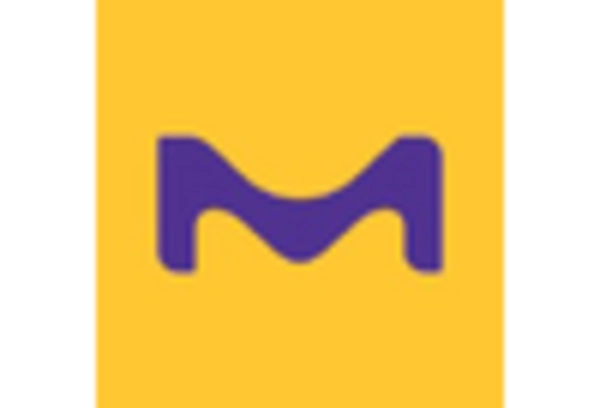
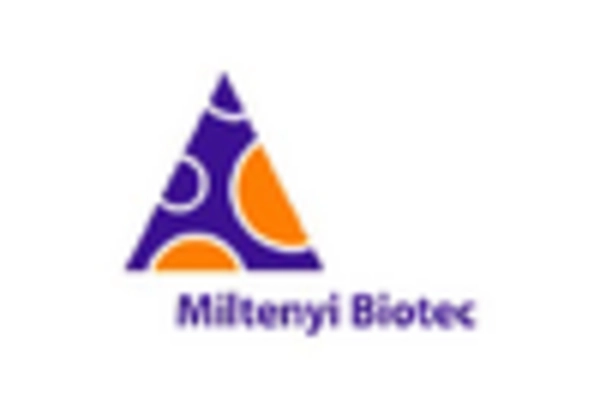
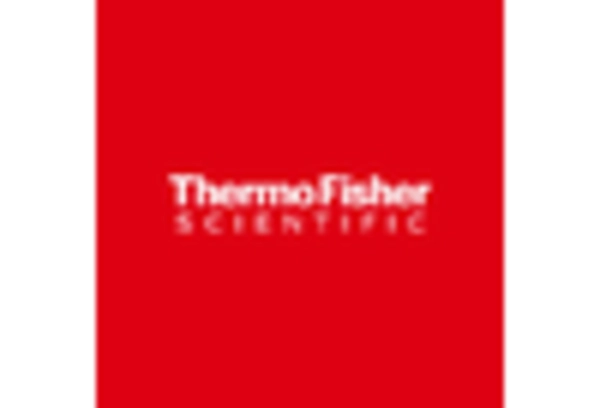








Leave a Comment